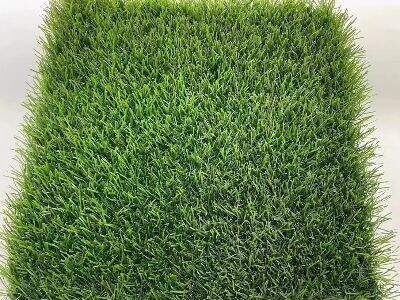Fake grass might seem a bit funny at first, but it could actually be a big help for our planet! So, lets jump into howFake Grass can conserve water and reduce the environmental footprint.
How Fake Grass Can Save Water
Water: One Of The Most Important Things We Need In Our Daily Lives We use it to drink, grow our food, and even enjoy ourselves outside on the grass. But as the song might say, did you know grass needs water to stay green and healthy? This is where that fake grass comes in!
Fake green, also known as artificial turf, doesn’t require any water to look green. Which means you can really conserve water with fake grass over real grass! In fact, in changing to fake grass, you could save thousands of gallons of water per year! That’s a huge amount! And combined with more people installing fake grass in their yards and playgrounds, just think of how much water we could conserve together!
Think about all the fun things we can do with water that we have saved — like even making sure everyone has enough to drink or helping our gardens grow better. By utilizing fake grass, we can help our globe remain robust and flourishing.
Enviro-Performance; How Does Fake Grass Help The Environment
You might ask yourself how synthetic grass can contribute to less pollution and environmental conservation, well here are a few points to consider. The answer relates both to how fake grass is manufactured and how we use it every day.
Most varieties of artificial grass are made from recycled materials. Which means that rather than using new materials to manufacture fake grass, we can repurpose materials that would otherwise become waste. This helps us to generate less waste, and thus less pollution. Thus, when we replace with fake grass whenever we can, instead of real grass, we are conserving water and also, you know, being good to the Earth.
With this planet of ours in mind, it’s worth noting that every small adjustment counts. And by choosing artificial grass we are contributing to a system which is working towards preserving the environment and protecting life.
Fake Grass That Saves Water and Reduces Pollution
And one of the best things about fake grass was you didn't have to water it as frequently as you would real grass. That means you can conserve gallons of water that wouldn’t otherwise go to waste trying to keep your lawn looking green. When you decide fake grass, you are doing a crucial part to conserve water and lessen the burden on our water resource.
Artificial turf conserves the water we do have, but it also decreases the amount of pollution we cause. When we use less water to keep our yards nice, we also use less energy to pump that water and treat it. This reduces our carbon footprint, which is a way of measuring the level of pollution we produce by doing certain activities. Artificial grass not only helps combat climate change but also contributes to saving the environment. It’s a great way to demonstrate that you care about our planet and want to make a difference.
Artificial Turf for a Greener Planet
All in all, synthetic grass is a wise selection that can assist you in conserving water whilst safeguarding the ecology. So, using fake grass rather than real grass helps in water conservation, reducing the carbon footprints, and widely helps in efforts of sustainability; Hence, the saying goes — 'Fake Grass, Real Nature'. So,fake turf backyard why not consider switching to fake grass for a healthier planet?
With all of our efforts, we can contribute to a healthy environment for generations to come. All good things add up, and with synthetic grass, you’re doing your part towards a better planet for everyone to enjoy!

 AR
AR
 BG
BG
 HR
HR
 CS
CS
 DA
DA
 NL
NL
 FI
FI
 DE
DE
 IT
IT
 JA
JA
 KO
KO
 NO
NO
 PL
PL
 PT
PT
 RO
RO
 RU
RU
 SV
SV
 CA
CA
 IW
IW
 ID
ID
 LT
LT
 SR
SR
 SK
SK
 SL
SL
 UK
UK
 SQ
SQ
 ET
ET
 HU
HU
 TR
TR
 AF
AF
 MS
MS
 GA
GA
 CY
CY
 IS
IS
 HY
HY
 AZ
AZ
 MI
MI

/images/share.png)
